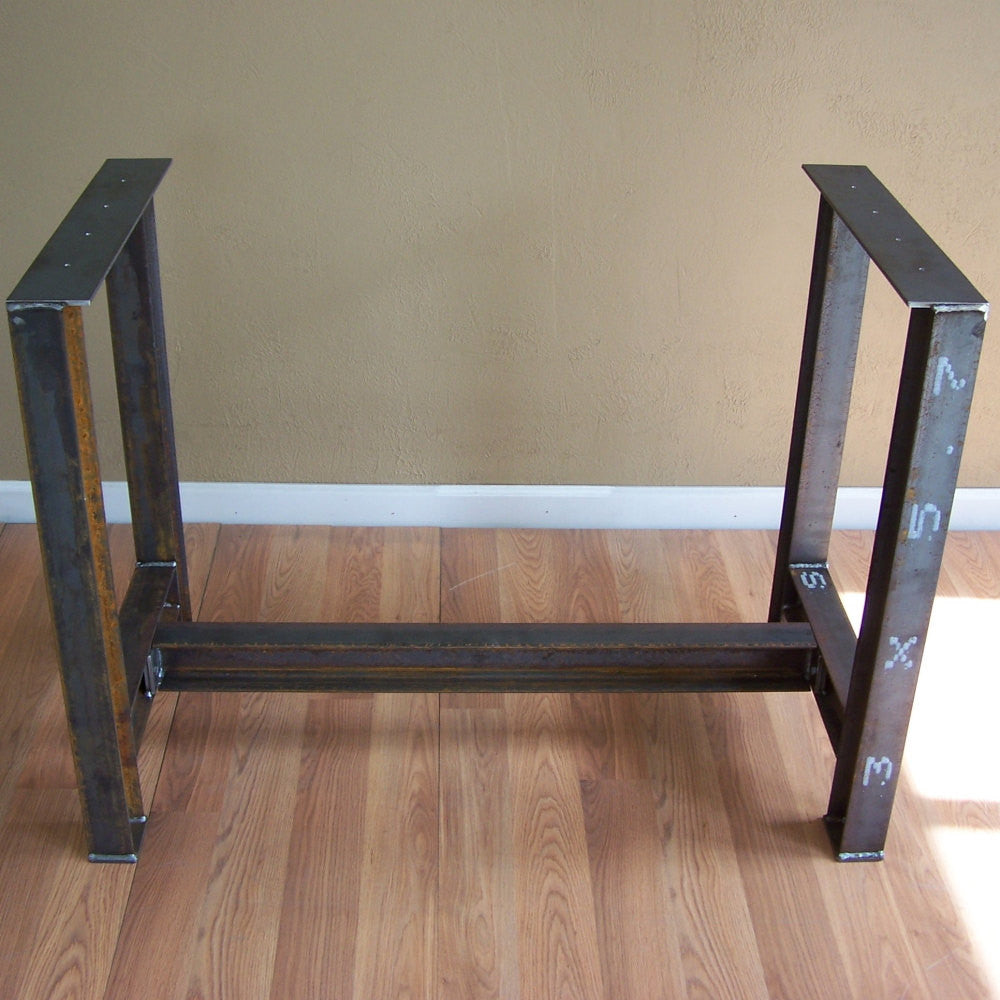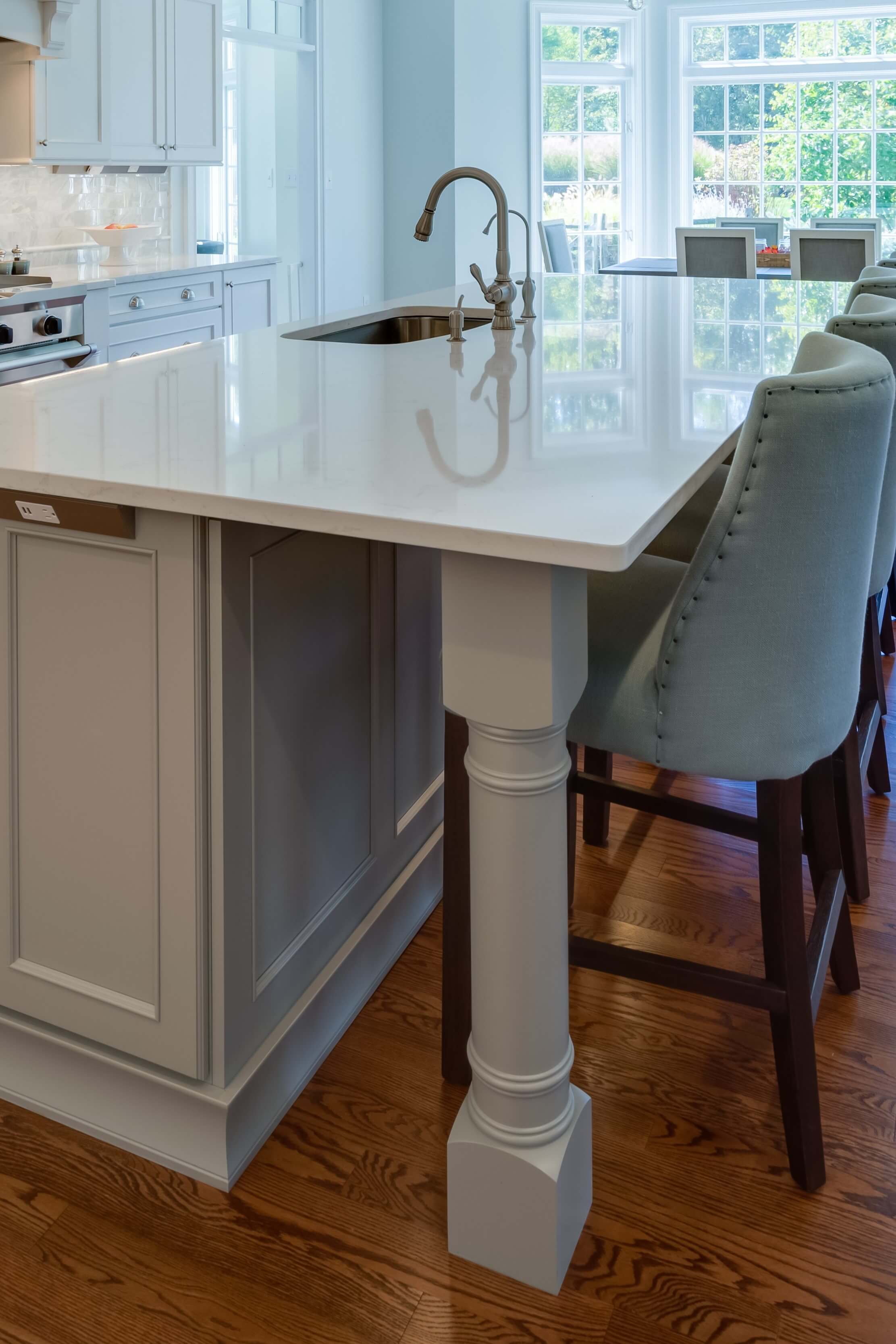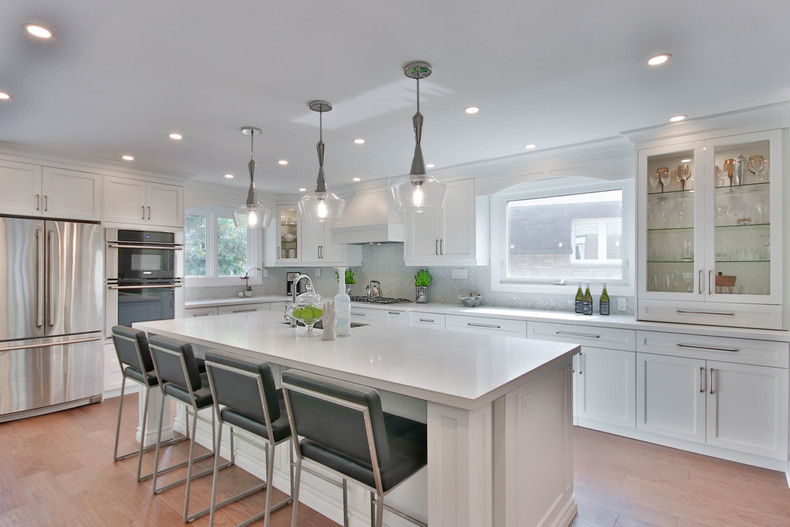Develop a Sensational Focal Point with Stylish Legs For Kitchen Island
Develop a Sensational Focal Point with Stylish Legs For Kitchen Island
Blog Article
Necessary Aspects to Take Into Consideration When Choosing Legs For Kitchen Island
Picking the proper legs for a kitchen area island includes a mindful analysis of multiple variables that can substantially affect both performance and visual charm. As we explore these aspects, it comes to be clear that each decision can have far-reaching effects for the total kitchen experience.
Product Options
When selecting legs for a kitchen area island, recognizing the numerous material alternatives is necessary for attaining both visual charm and architectural stability (Legs For Kitchen Island). The selection of material substantially influences not only the durability of the island yet additionally its overall style and functionality
Steel legs, commonly made from stainless steel or functioned iron, add a industrial and modern feel while making sure toughness and security. These products are immune to use and can support considerable weight, making them ideal for bigger islands.
An additional option is crafted products, like MDF or plywood, which can be more economical while still supplying a variety of coatings. They may not give the very same degree of stability as solid wood or metal. Legs For Kitchen Island. Last but not least, products such as acrylic or glass can produce a modern appearance, though they may need additional support to guarantee stability.
Eventually, the option of product for kitchen area island legs ought to straighten with the wanted functionality and the general motif of the kitchen area.
Style and Style

When considering style, the form and surface of the legs are crucial. Tapered legs can supply a sense of lightness and sophistication, while thicker, extra robust legs can share strength and stability. In addition, the surface-- be it repainted, stained, or all-natural-- should complement the kitchen cabinetry and counter top materials to develop a unified look.
Furthermore, the layout of the legs can likewise reflect individual preference. Personalized or decorative legs, such as those featuring intricate carvings or one-of-a-kind geometric forms, can act as prime focus, adding personality and individuality to the kitchen area. Eventually, the right choice will certainly not only enhance capability however likewise boost the visual charm, making the kitchen area island a standout function of the home.
Elevation Considerations
Selecting the appropriate elevation for cooking area island legs is important, as it straight affects both functionality and comfort. The common height for a cooking area island normally varies from 36 to 42 inches, straightening with common counter top elevations.

It is additionally important to make up users' elevations and preferences. Personalizing the elevation can make sure a comfortable experience for all relative, making the kitchen island a more satisfying and useful area.
Weight Assistance
Ensuring appropriate weight support for cooking area island legs is essential for both safety and capability. The cooking area island frequently serves numerous objectives, including food prep work, eating, and added storage space, demanding a robust support framework. When picking legs, it is essential to consider the total weight capability required based upon the island's meant use and the products that will be put on it.
The choice of material for the legs plays a considerable function in their weight-bearing capabilities. Strong timber, metal, and sturdy compounds generally supply superior stamina contrasted to lighter products. Furthermore, the layout of the legs-- whether they are directly, tapered, or have a pedestal type-- can influence their ability to distribute weight properly throughout the framework.
Always speak with the maker's specifications relating to tons limits to make certain that the legs can maintain the intended weight without jeopardizing security. In summary, selecting cooking area island legs with appropriate weight assistance is vital for redirected here developing a useful and secure culinary space.
Setup and Maintenance
Correct setup and upkeep of kitchen area island legs are vital for making certain durability and security. This often includes securing the legs to the island base utilizing ideal fasteners, guaranteeing that the legs are degree and straightened.
Once set up, regular maintenance is essential to maintain the stability and look of the legs - Legs For Kitchen Island. For wood legs, routine cleansing with a moist cloth and application of appropriate timber gloss can avoid moisture damage and maintain their surface. Steel legs might need a mild cleansing solution to remove grease and gunk, complied with by a dry fabric to avoid rust formation
In addition, examine the legs on a regular basis for signs of wear or damage, such as splits or loose joints. Tightening up screws or bolts as needed can additionally extend the life-span of the legs. By adhering to these setup and maintenance practices, property owners can make certain that their kitchen area island continues to be sturdy and visually appealing for several years to come.
Conclusion

Visual coherence is critical check these guys out in selecting the style and layout of legs for a kitchen island, as these aspects significantly influence the overall setting of the space. Tapered legs can supply a sense of lightness and style, while thicker, much more robust legs can share toughness and security.Picking the suitable height for cooking area island legs is critical, as it straight affects both functionality and comfort. In summary, selecting kitchen area island legs with sufficient weight assistance is vital for creating a secure and functional culinary area.
In final thought, picking legs for a kitchen area island demands cautious consideration of different factors, including product options, style, height, weight support, and installation.
Report this page